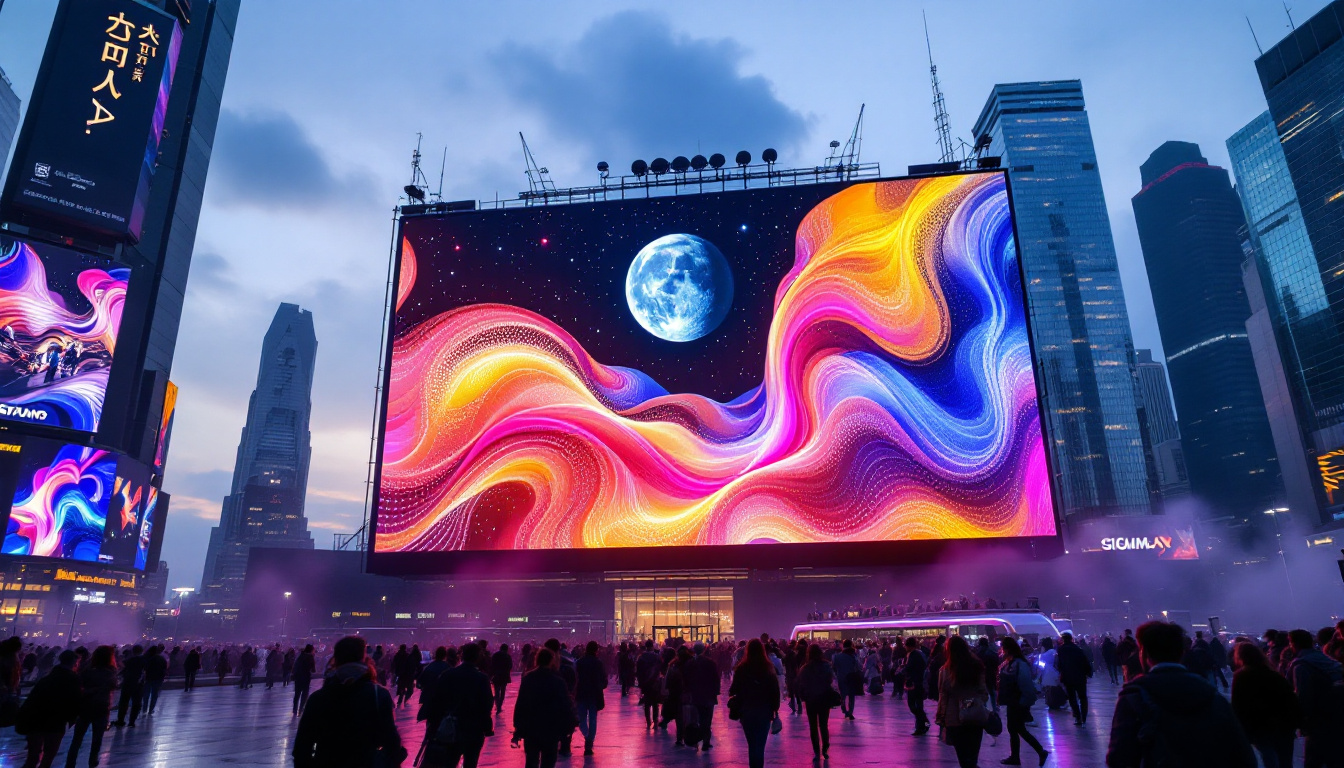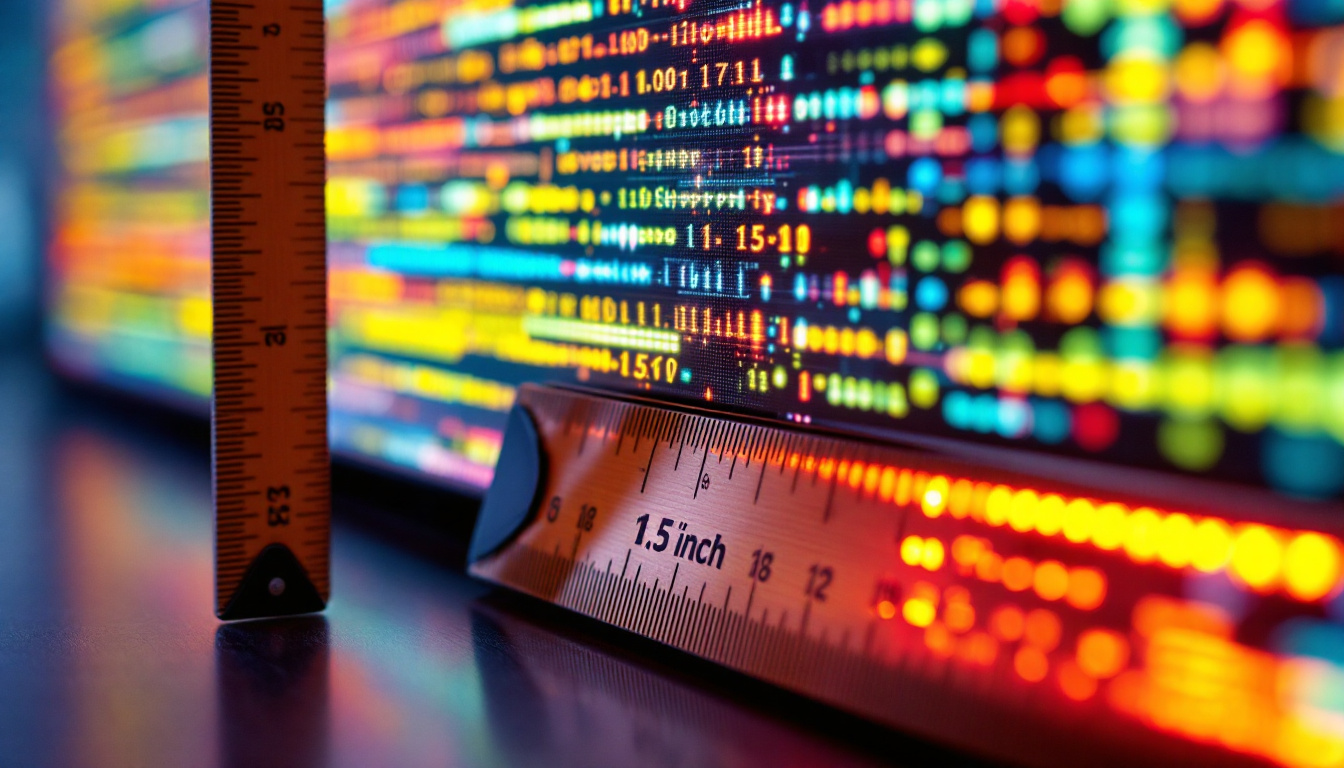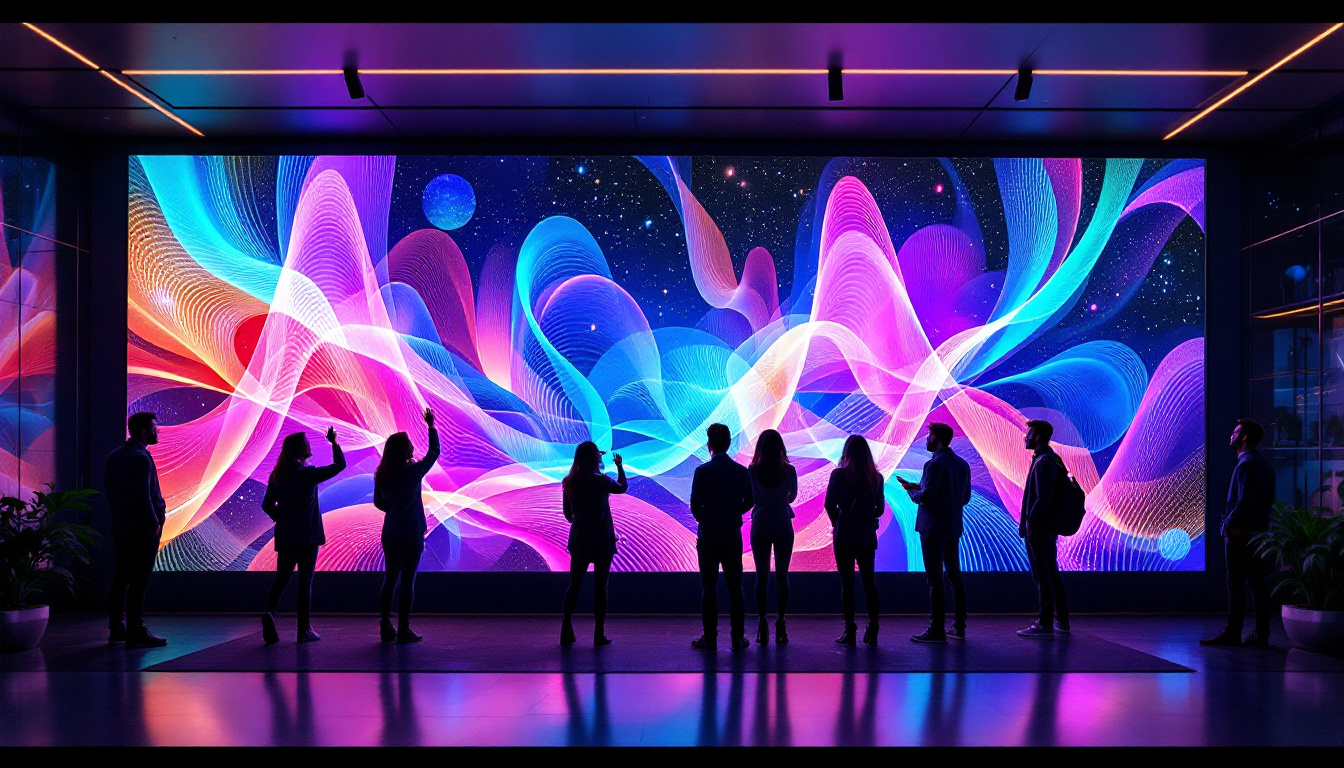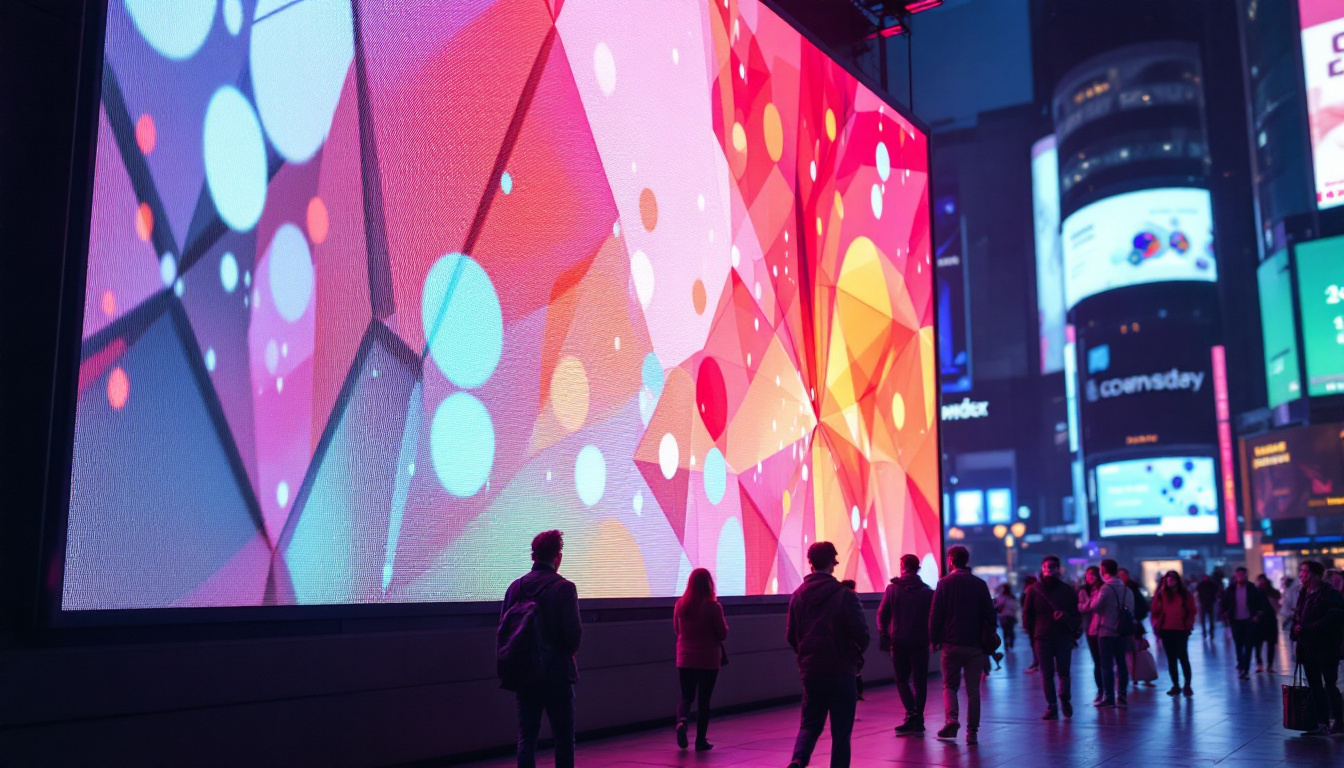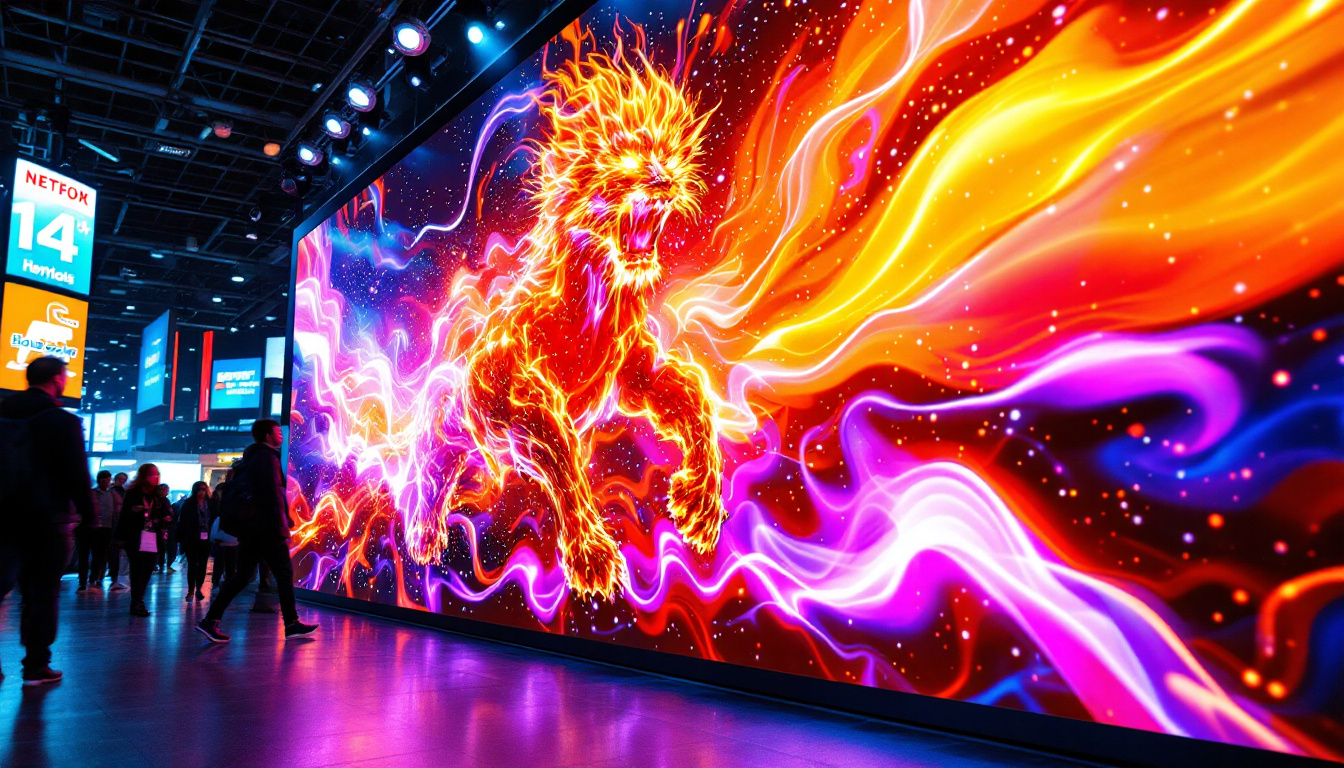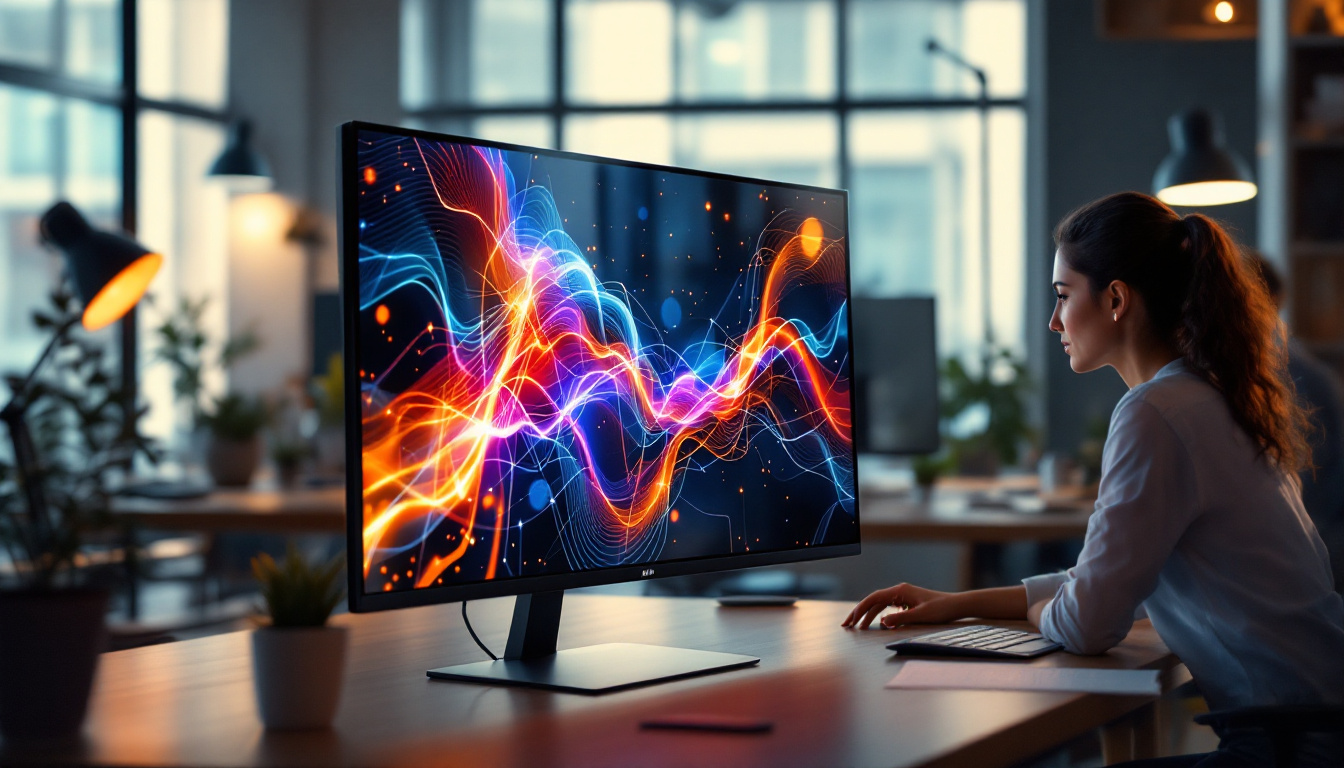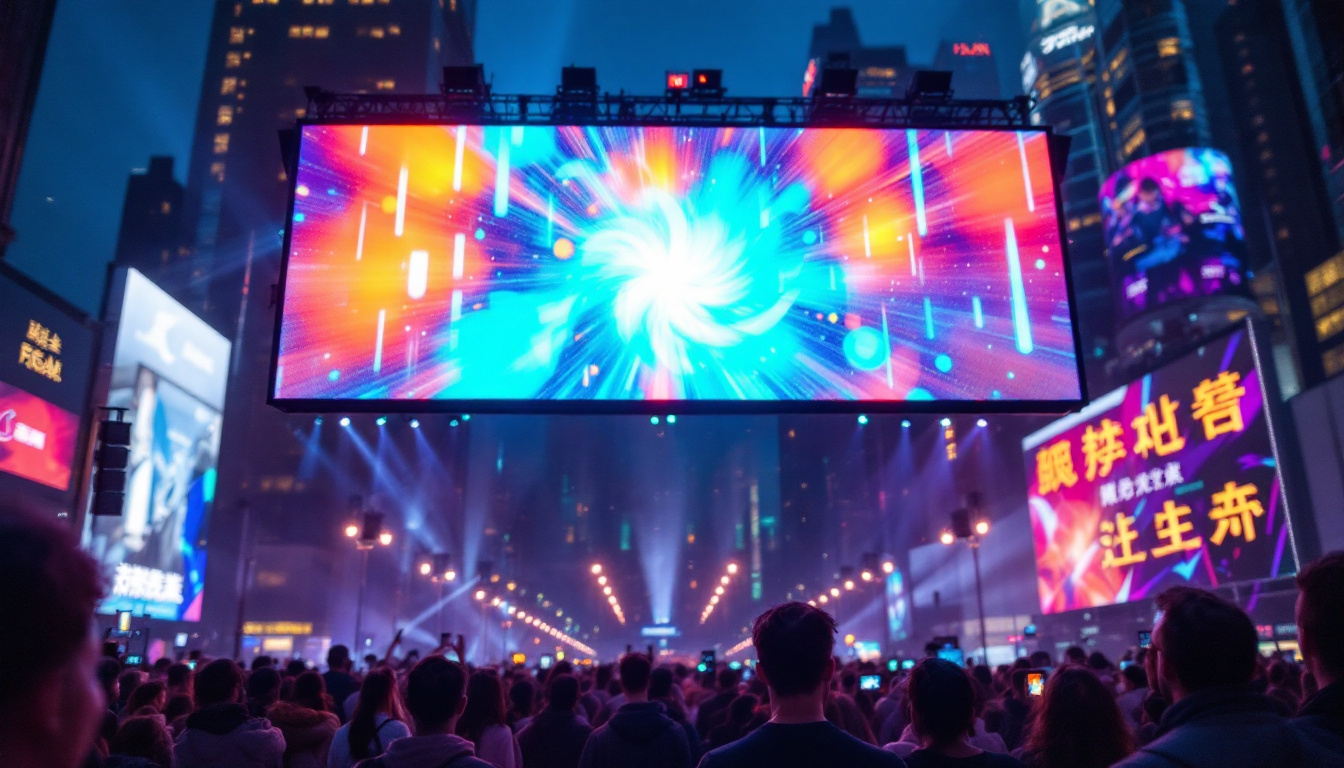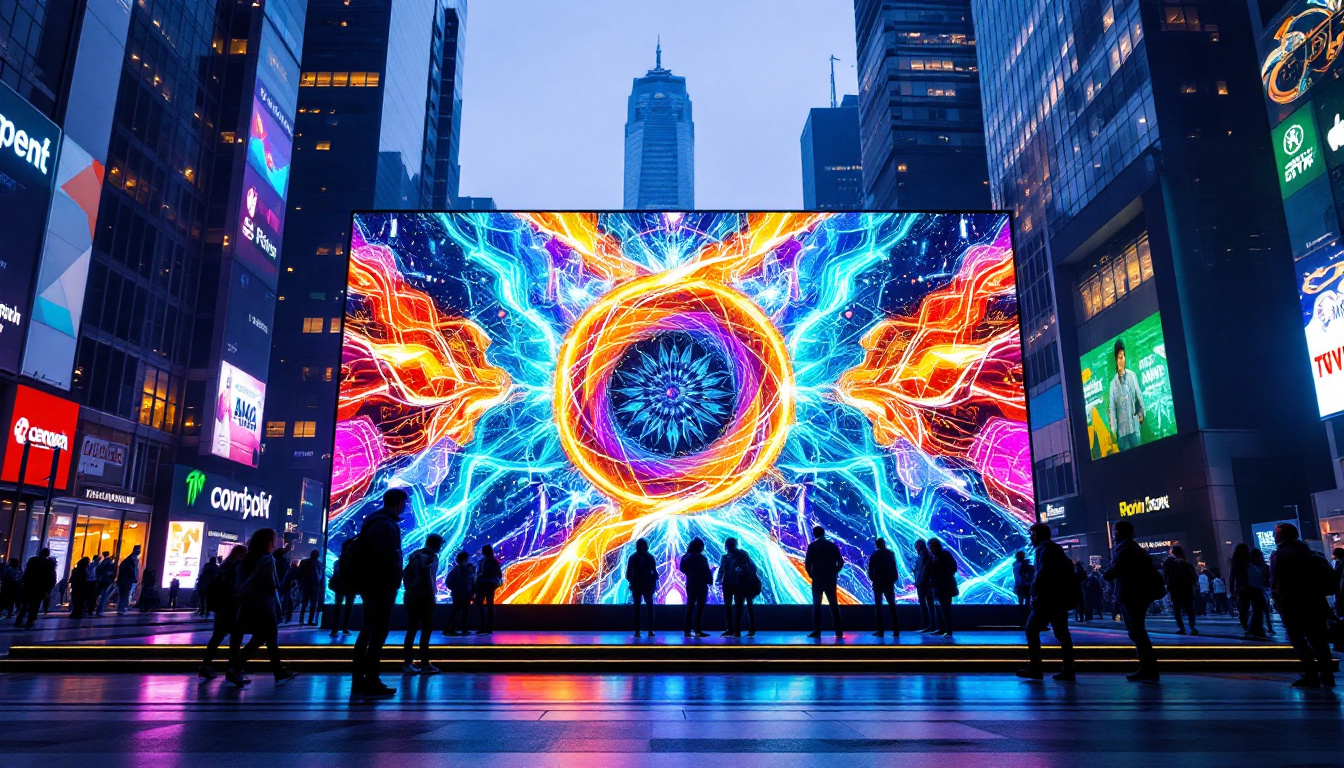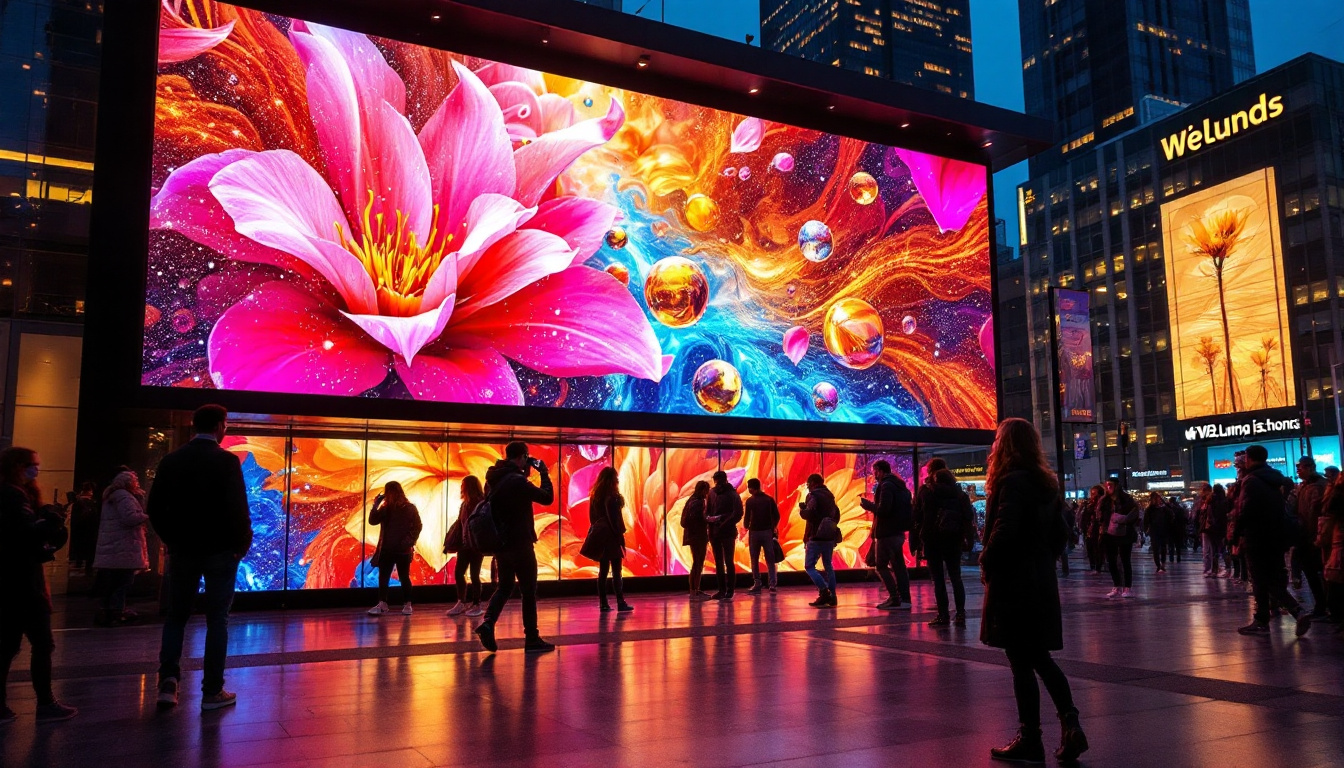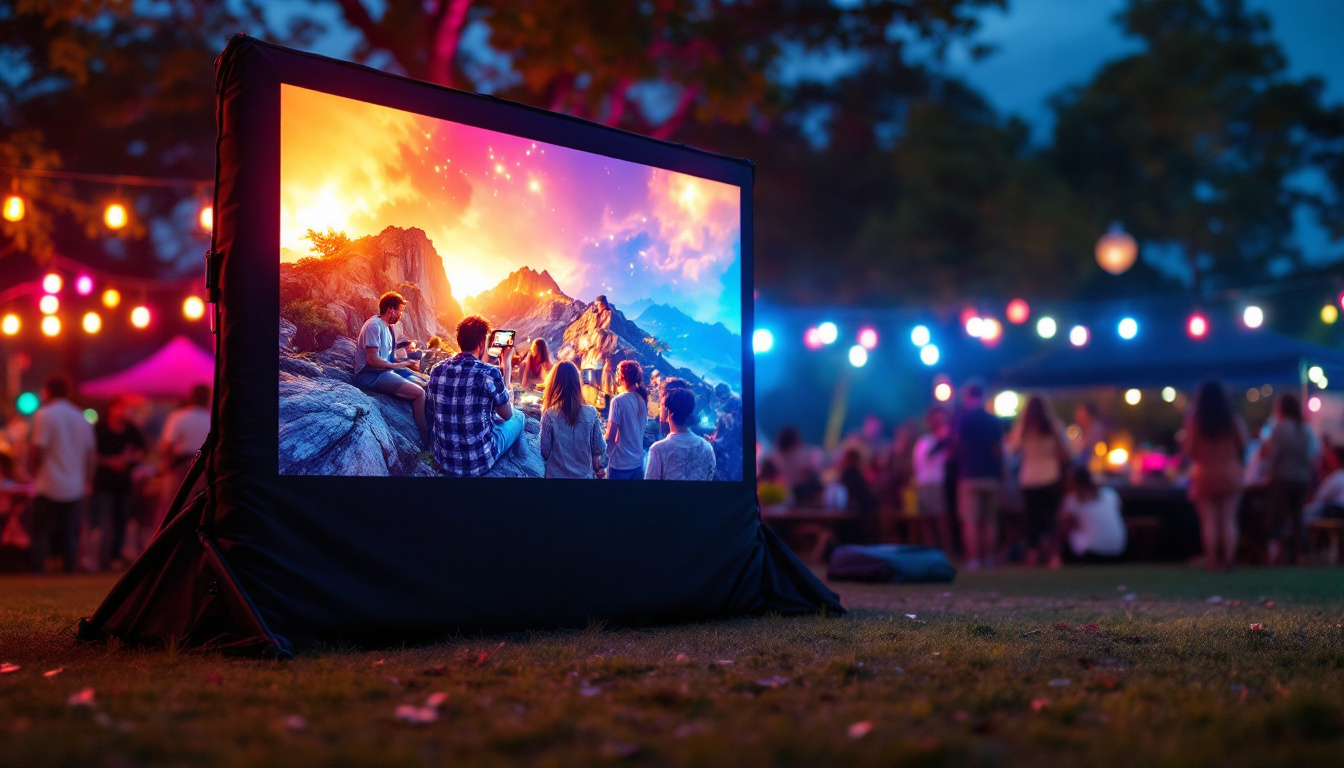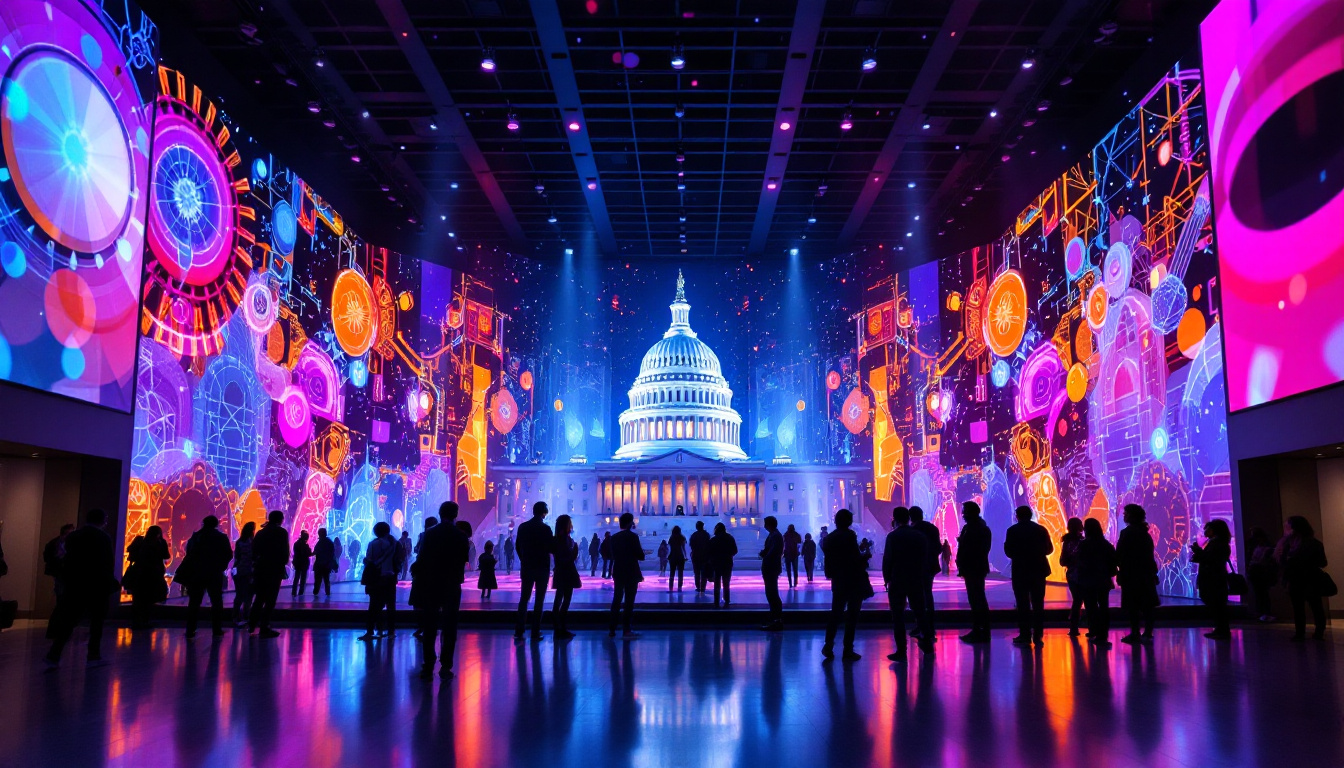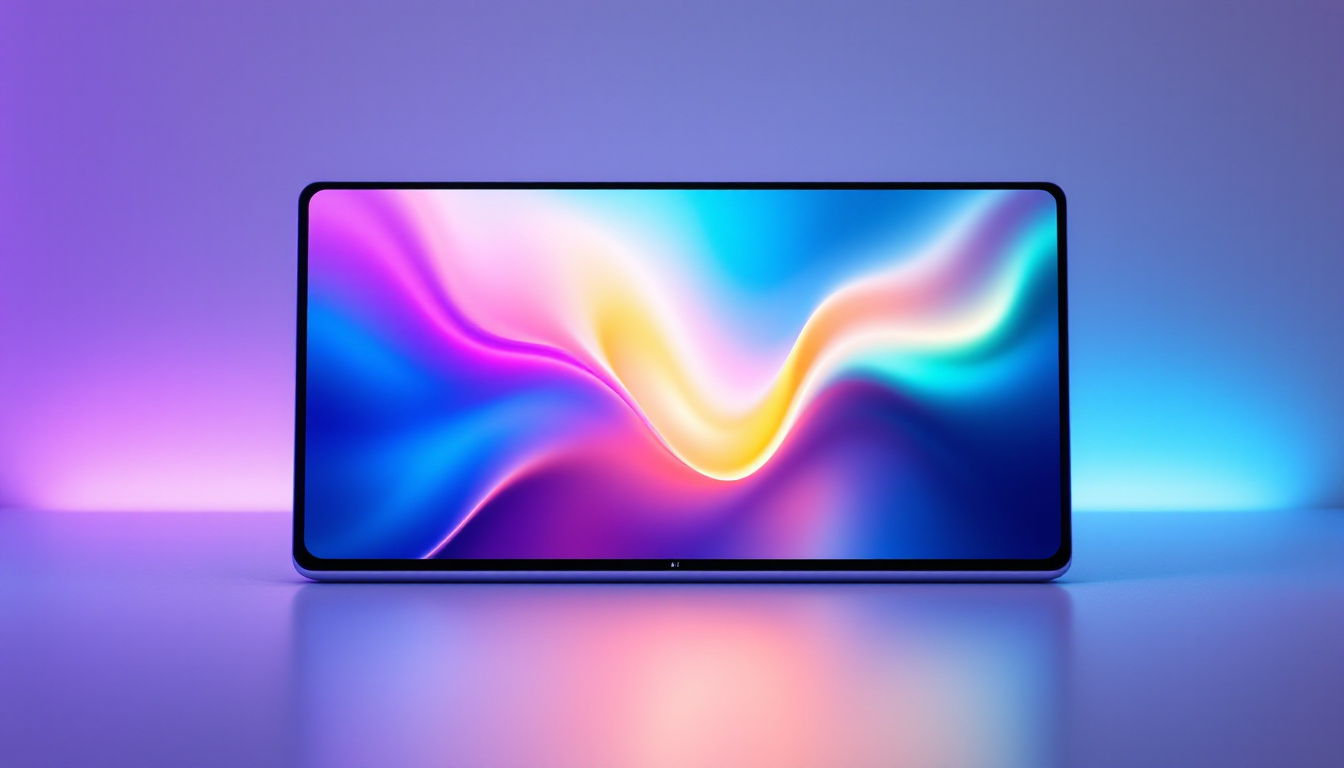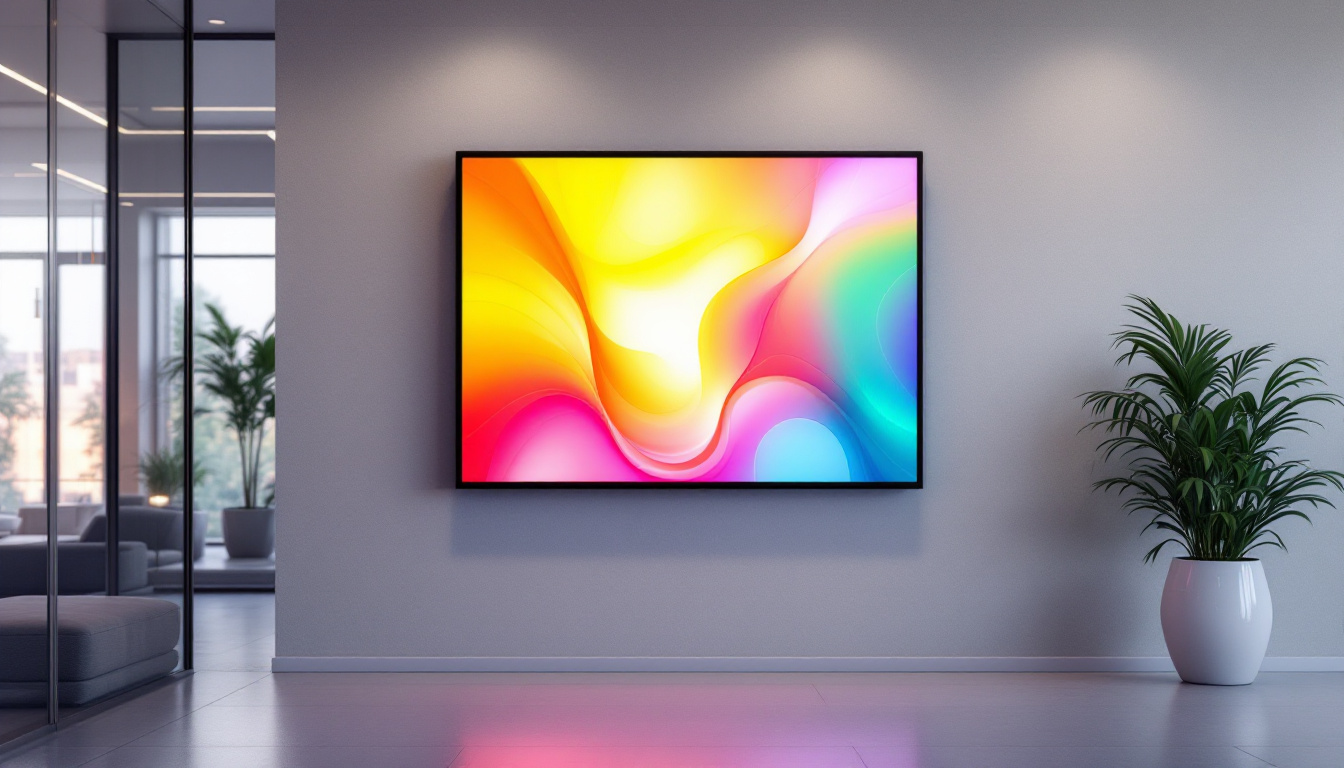In today’s digital age, the computer monitor is an essential component of any workstation, gaming setup, or multimedia center. Among the many types of monitors available, widescreen LED displays have become the preferred choice for professionals and consumers alike. But what exactly makes widescreen LED monitors stand out? This article delves into the technology behind LED displays, the benefits of widescreen formats, and how to choose the right monitor for your needs.
Understanding LED Display Technology
What is an LED Monitor?
LED stands for Light Emitting Diode, a technology used to illuminate the display panel of a monitor. Unlike older LCD monitors that use cold cathode fluorescent lamps (CCFL) for backlighting, LED monitors employ tiny diodes that emit light when an electric current passes through them. This shift to LED backlighting has revolutionized display technology by offering improved brightness, contrast, and energy efficiency.
LED monitors are technically a subset of LCD monitors, as they still rely on liquid crystal panels to create images. The key difference lies in the backlighting method. LED backlighting allows for thinner, lighter screens with better color accuracy and longer lifespan compared to CCFL-backlit LCDs. Additionally, LED technology has enabled manufacturers to produce displays with a wider color gamut, making them particularly appealing for graphic designers and photographers who require precise color representation in their work.
Types of LED Backlighting
There are two primary types of LED backlighting in monitors: edge-lit and full-array.
- Edge-lit LED: LEDs are placed along the edges of the screen, and light is diffused across the panel. This design enables ultra-thin monitors but can sometimes result in uneven brightness or less precise local dimming. Edge-lit monitors are often more affordable and can be a great choice for users who prioritize a sleek design over advanced display features.
- Full-array LED: LEDs are distributed evenly behind the entire screen. This allows for better control of brightness zones, deeper blacks, and higher contrast ratios, especially when combined with local dimming technology. Full-array monitors are typically favored by professionals in fields such as video editing and gaming, where image quality is paramount.
Choosing between edge-lit and full-array LED monitors depends on budget and intended use. For professional photo or video editing, full-array LED monitors with local dimming provide superior image quality, while edge-lit models are often sufficient for general office work or casual use. Moreover, as technology advances, we are witnessing the emergence of hybrid models that incorporate both edge-lit and full-array technologies, offering users a balance of performance and design.
In addition to the backlighting types, it’s also worth noting the impact of resolution on LED monitors. Higher resolutions, such as 4K and beyond, can significantly enhance the viewing experience by providing more detail and clarity. This is particularly beneficial for applications that require high precision, such as CAD design or high-definition gaming. As a result, consumers are increasingly looking for monitors that not only utilize LED technology but also offer higher resolutions to meet their diverse needs.
The Advantages of Widescreen Monitors
What Defines a Widescreen Monitor?
Widescreen monitors typically have an aspect ratio wider than the traditional 4:3 format. The most common widescreen aspect ratio is 16:9, which matches the standard for HDTVs and many video formats. Other popular widescreen ratios include 21:9 and 32:9, often referred to as ultrawide and super ultrawide, respectively.
These wider aspect ratios provide more horizontal screen real estate, which can enhance productivity and entertainment experiences.
Enhanced Productivity and Multitasking
One of the most significant benefits of widescreen monitors is their ability to improve productivity. With a broader horizontal workspace, users can open multiple windows side-by-side without the need for multiple monitors. This is particularly valuable for professionals in fields such as finance, software development, graphic design, and video editing.
For example, a 34-inch ultrawide monitor with a 3440×1440 resolution offers roughly the same vertical space as a standard 27-inch 16:9 monitor but provides about 33% more horizontal space. This extra room allows users to view timelines, spreadsheets, or code editors alongside reference materials seamlessly.
Immersive Entertainment and Gaming
Widescreen monitors also enhance entertainment experiences. Watching movies in a 16:9 widescreen format eliminates black bars that appear on 4:3 screens, allowing for a more immersive viewing experience. Ultrawide monitors with 21:9 aspect ratios closely match the cinematic scope used in many films, further enhancing immersion.
In gaming, widescreen monitors provide a wider field of view, which can offer competitive advantages in first-person shooters and racing games. Many modern games support ultrawide resolutions, enabling players to see more of the game environment without panning the camera.
Key Features to Consider When Choosing a Widescreen LED Monitor
Resolution and Screen Size
Resolution and screen size are crucial factors when selecting a widescreen LED monitor. Higher resolutions such as 2560×1440 (QHD) or 3840×2160 (4K UHD) provide sharper images and more workspace but require more powerful graphics hardware to drive effectively.
Screen size should be balanced with desk space and viewing distance. For instance, a 27-inch 16:9 monitor is ideal for most desks, while ultrawide monitors often start at 34 inches or larger to make the most of their wider aspect ratios without sacrificing pixel density.
Refresh Rate and Response Time
Refresh rate, measured in hertz (Hz), indicates how many times per second the monitor updates the image. Higher refresh rates (120Hz, 144Hz, or even 240Hz) result in smoother motion, which is especially important for gaming and video editing.
Response time, measured in milliseconds (ms), refers to how quickly a pixel can change color. Lower response times reduce motion blur and ghosting, enhancing the clarity of fast-moving images.
Color Accuracy and HDR Support
For professionals working with color-critical tasks, such as photographers and video editors, color accuracy is paramount. Look for monitors that cover a wide color gamut (e.g., AdobeRGB or DCI-P3) and offer factory calibration or calibration tools.
High Dynamic Range (HDR) support is another feature to consider. HDR-enabled monitors can display a broader range of brightness and color, resulting in more lifelike images. However, HDR performance varies widely, so it’s important to check the monitor’s peak brightness and HDR certification.
Connectivity and Ergonomics
Modern widescreen LED monitors come equipped with various connectivity options such as HDMI, DisplayPort, USB-C, and USB hubs. USB-C with Power Delivery is particularly convenient for laptop users, allowing video, data, and charging over a single cable.
Ergonomic features like height adjustment, swivel, tilt, and pivot are important for comfortable long-term use. Some ultrawide monitors also support curved screens, which can reduce eye strain by maintaining a more uniform viewing distance across the panel.
Common Use Cases for Widescreen LED Monitors
Professional Workstations
Widescreen LED monitors are invaluable in professional environments. Graphic designers benefit from large, color-accurate displays that reveal fine details. Programmers and developers appreciate the ability to view multiple code windows simultaneously. Financial analysts can monitor several data streams without switching between tabs.
Additionally, video editors find ultrawide monitors ideal for timeline-based editing, where horizontal space is crucial. The combination of high resolution and wide aspect ratios streamlines workflows and reduces the need for multiple monitors.
Gaming Setups
Gamers increasingly adopt widescreen LED monitors to gain a competitive edge and immersive experience. Ultrawide monitors with high refresh rates and low response times provide smooth gameplay and wider fields of view. Popular gaming titles such as “Cyberpunk 2077,” “Forza Horizon 5,” and “Assassin’s Creed Valhalla” support ultrawide resolutions, enhancing visual immersion.
Curved ultrawide monitors are especially popular among gamers, as the curvature matches the natural field of vision, reducing distortion and eye fatigue during extended gaming sessions.
Home and Entertainment Use
For general home use, widescreen LED monitors offer versatile solutions for streaming, browsing, and productivity. Watching movies on a 16:9 or 21:9 monitor provides a cinematic experience without letterboxing. The energy efficiency of LED backlighting also helps reduce power consumption compared to older display technologies.
Many users appreciate the sleek designs and slim profiles of LED monitors, which complement modern home office setups and living spaces.
Future Trends in Widescreen LED Monitor Technology
Mini-LED and Micro-LED Backlighting
Emerging backlighting technologies like Mini-LED and Micro-LED promise to push LED monitor performance even further. Mini-LED uses thousands of tiny LEDs for backlighting, enabling more precise local dimming, higher contrast ratios, and improved HDR performance. This technology is already appearing in premium monitors and high-end laptops.
Micro-LED, still in early stages, offers self-emissive pixels similar to OLED but without the risk of burn-in, combining the best traits of LED and OLED displays.
Higher Refresh Rates and Variable Refresh Technologies
As gaming and professional applications demand smoother visuals, higher refresh rates beyond 240Hz are becoming more common. Variable refresh rate technologies like NVIDIA G-SYNC and AMD FreeSync help eliminate screen tearing and stuttering by synchronizing the monitor’s refresh rate with the graphics card’s output.
Integration of AI and Smart Features
Artificial intelligence is beginning to influence display technology, with smart monitors capable of automatically adjusting brightness, contrast, and color settings based on ambient lighting and content type. These features enhance viewing comfort and image quality without manual calibration.
Conclusion
Widescreen LED monitors represent a significant evolution in display technology, combining the benefits of energy-efficient LED backlighting with expansive aspect ratios that enhance productivity, entertainment, and gaming experiences. Understanding the nuances of LED technology, aspect ratios, and key features can help users select the perfect monitor tailored to their specific needs.
Whether for professional workstations, immersive gaming setups, or versatile home entertainment, widescreen LED monitors offer a compelling blend of performance, aesthetics, and functionality. As technology advances, these displays will continue to improve, delivering richer colors, higher resolutions, and smarter features that redefine the way users interact with their digital environments.
Discover the Future of Visual Display with LumenMatrix
Ready to elevate your visual experience with the latest in widescreen LED technology? LumenMatrix is at the forefront of innovative LED display solutions, offering a wide range of products that cater to your every need. From immersive indoor and outdoor LED walls to dynamic vehicle displays and beyond, our mission is to transform your visual communication with unparalleled clarity and impact. Don’t miss out on the opportunity to captivate your audience and enhance your brand’s visibility. Check out LumenMatrix LED Display Solutions today and step into the future of digital signage.

